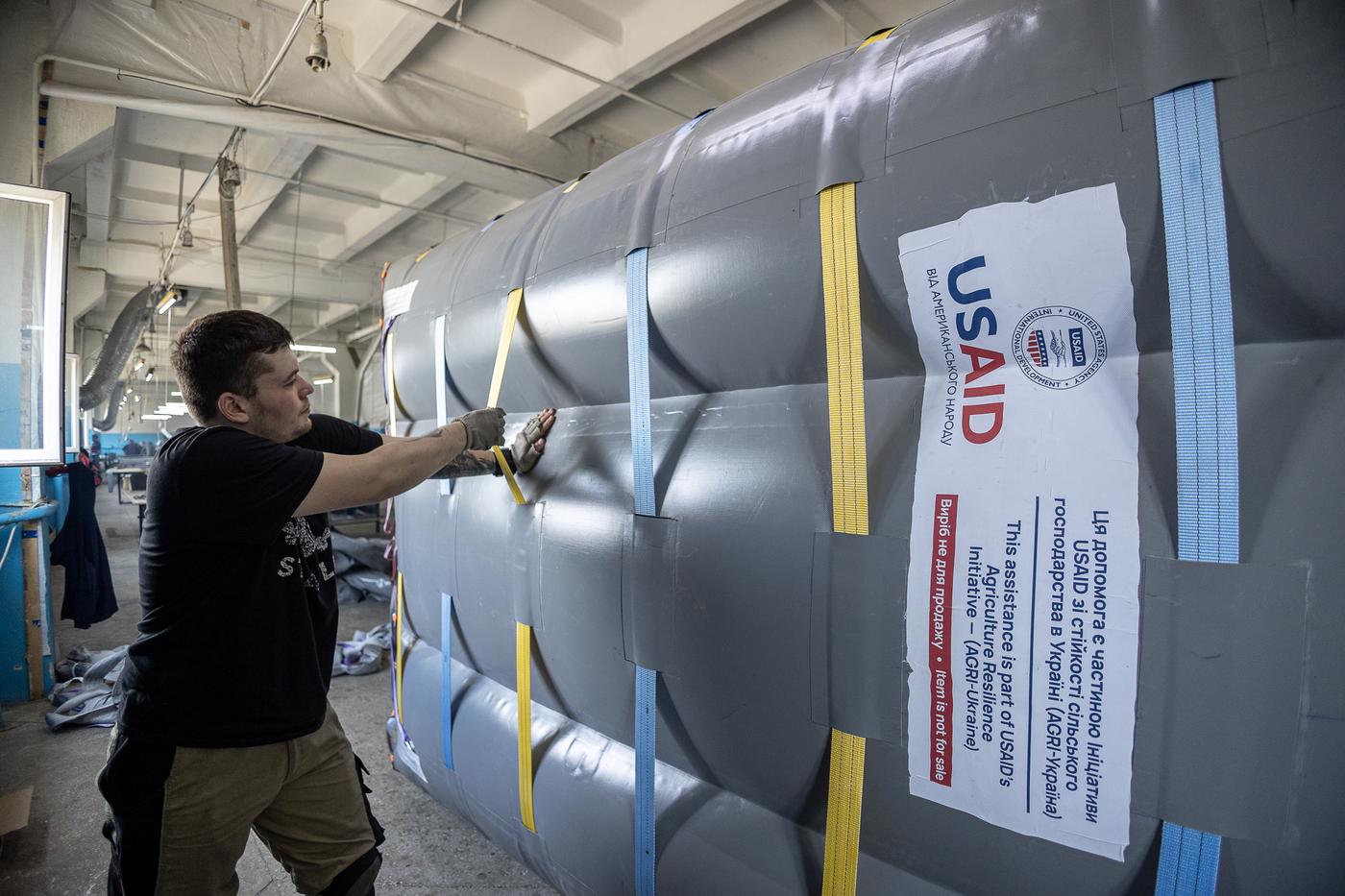The US State Department formally announced the dissolution of the US Agency for International Development (USAID), marking a significant restructuring of American foreign aid operations, ABC News та CNN reported on 28 March.
The agency’s functions reportedly will be absorbed into the State Department by 1 July.
“This transfer will significantly enhance efficiency, accountability, uniformity, and strategic impact in delivering foreign assistance programs,” Jeremy Lewin, USAID’s deputy director, outlined the transition in an internal memo obtained by ABC News.
The closure comes after months of systematic reduction.
The US President Donald Trump decided on 21 January 2025 to suspend all US foreign aid for 90 days. The decision, in particular, concerned economic and humanitarian development programmes and projects implemented by the USAID.
Trump’s decree stated that the directions of US foreign aid do not meet American interests and in many cases contradict American values.
After a 6-day review, US Secretary of State Marco Rubio announced in March the cancellation of 83% of USAID programmes. According to Rubio, tens of billions of dollars were spent to fund these programmes “in ways that did not meet (and in some cases even harmed) the core national interests of the United States”.
As of last week, fewer than 900 USAID employees remained on staff.
“We are reorienting our foreign assistance programs to align directly with what is best for the United States and our citizens,” Rubio said.
The State Department plans to continue “humanitarian assistance, global health functions, strategic investment, and limited national security programs.”
Critics argue the dissolution will significantly impact global humanitarian efforts. The restructuring will eliminate “substantially all non-statutory positions” at USAID, with employees receiving reduction-in-force notices.
Experts suggest that dissolving a federal agency typically requires congressional approval, potentially setting the stage for future court battles.
USAID has provided significant support to Ukraine during Russia’s invasion, including $13 billion in budget assistance for essential services, $1.4 billion in humanitarian aid, and over $800 million for development projects like energy grid repairs and agricultural resilience. It has delivered critical supplies such as generators, medical equipment, and Starlink terminals while promoting recovery through initiatives for small businesses, infrastructure rebuilding, and democratic governance.
Read also:
- Trump acknowledges Russia possibly delays peace deal
- ISW: Ukraine advances in Belgorod; Russia pushes in Kursk, Sumy, Zaporizhzhia, and near Toretsk
- Reality check: Nuclear weapons in Ukraine were Soviet, not Russian as Trump’s special envoy claimed






